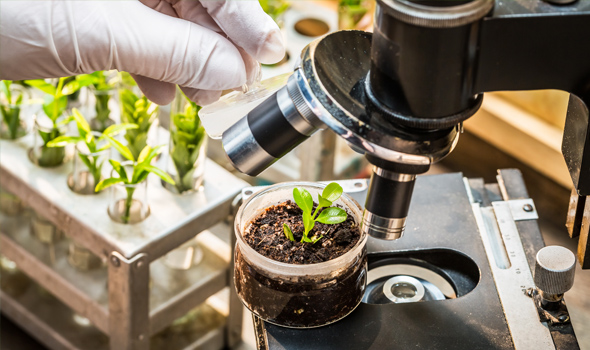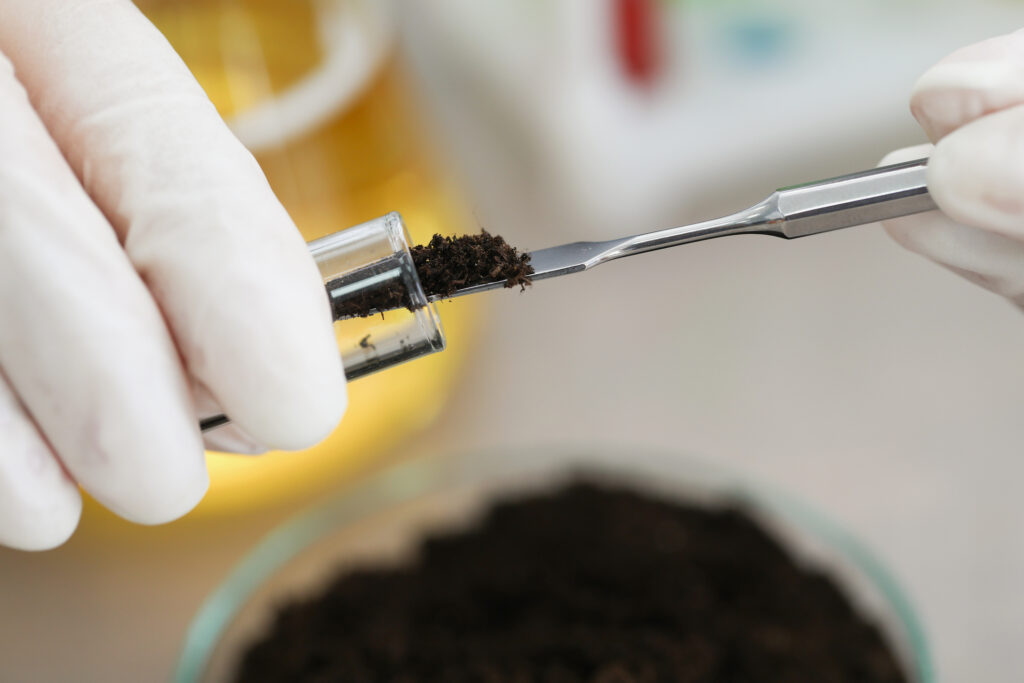Measuring Data
Technical report
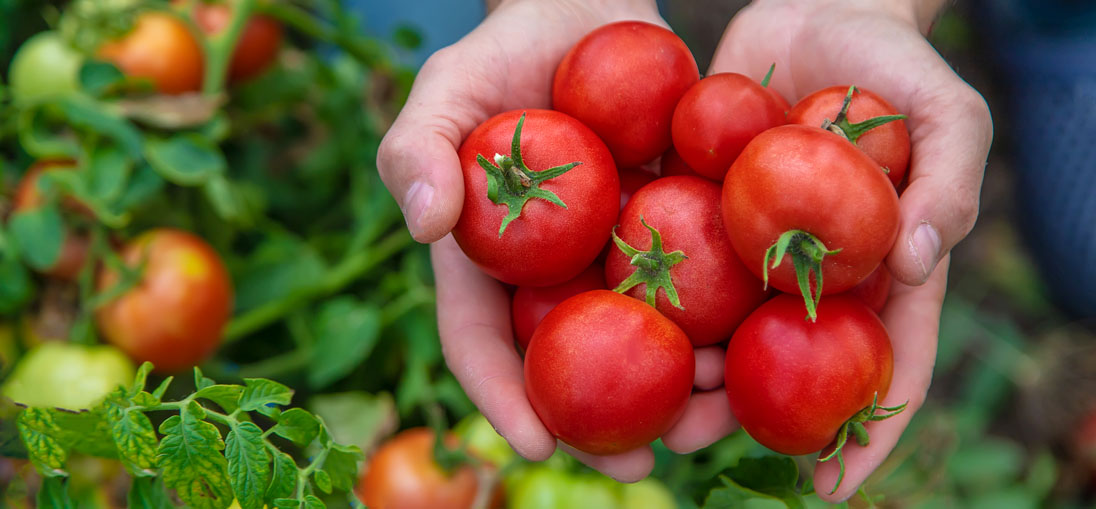
Bigger and better crops with Maxstim biostimulants
Maxstim is a scientifically driven organisation, meaning that collecting high quality data from field trials is a key component of what we do.
When collaborating with growers to conduct trials, there are 3 things we endeavour to measure, particularly with tomato, pepper and fruit:
- Weight or Number
- Brix Value
- Firmness
Of course, there are other measures we record such as SPAD readings and qualitative comparisons around colour, but it’s these 3 that can give us the best overall insight into the crops’ key attributes. It’s these key measures that dictate the overall success and value of the harvest.
1. Weight or Number
By measuring the weight of the fruit or the overall number of produce, we can gain insight into the yield. An important consideration for all growers as a higher yield will increase profits.
At Maxstim, we have a huge amount of data which shows how our biostimulants increase crop yield. For example, we have significant data on tomato and pepper varieties grown in greenhouses in Spain. Tomato crops were being grown in a hydroponic system, with 2.5 L/ha of Agriculture+ being applied every 10 days. The results clearly showed a significant increase of crop weight, length and diameter in treated tomato plants compared to the untreated control plants.
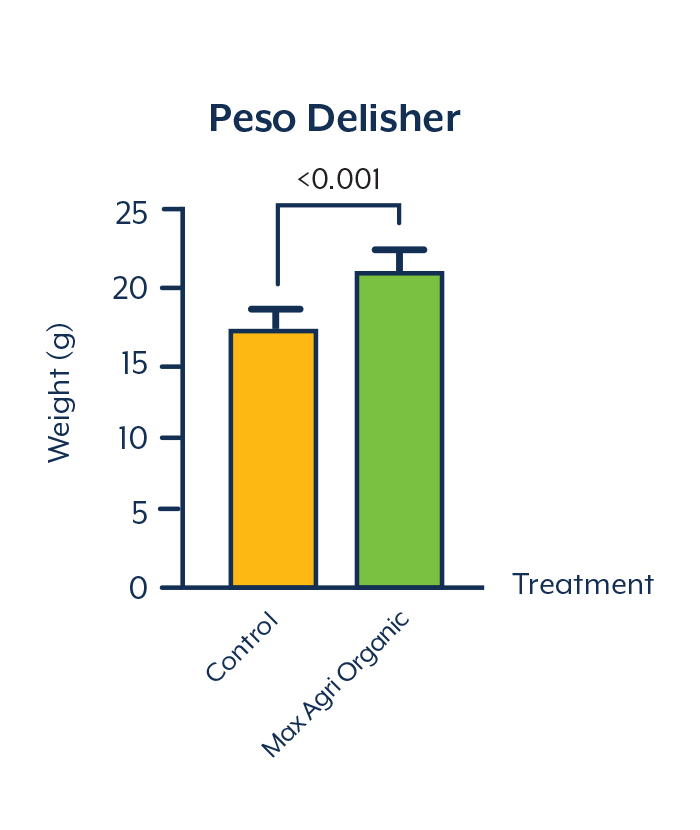
2. Brix Value
By measuring Brix, we have a quantifiable measure of quality. This indicates the sugar content of a crop. As a general rule for these particular crops, the sweeter the better as it means they’re more flavourful and nutrient dense. Supermarkets will often have a minimum value requirement for certain plants, so having consistent better quality and better tasting crops can be of huge benefit to the grower.
Data from the tomato trial mentioned above, demonstrates that Maxstim’s biostimulants can encourage the plant to develop higher levels of sugar content compared to untreated plants.
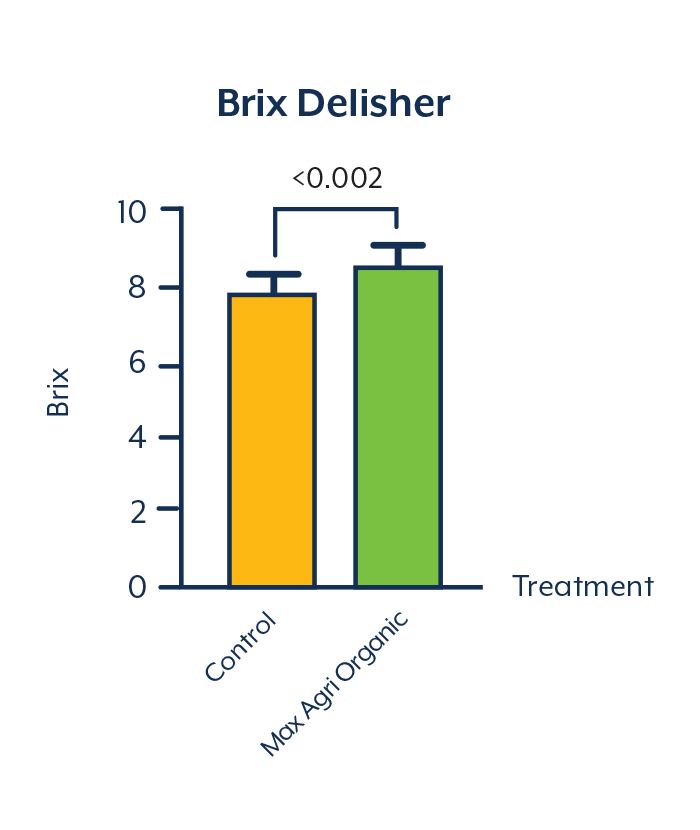
3. Firmness
The firmness of fruits and vegetables gives an indication of their shelf life. The longer the shelf life, the better able a crop is to withstand the journey from farm to table and may mitigate some of the wasted food that can be otherwise lost during processing and production. This data is collected using a non-destructive hardness tester, which detects the level of fruit and vegetable softening.
One of our first insights into this was from one of the hydroponically grown pepper trials in Spain. Amongst the conclusions it was found that there were:
- observable increases of crop weight and diameter in treated plants
- significant differences between the control and treated pepper wall thickness
- higher levels of Brix in treated peppers
- lower levels of post-harvest weight loss in peppers grown in treated areas, meaning they remainedfirmer for longer compared to control plants.
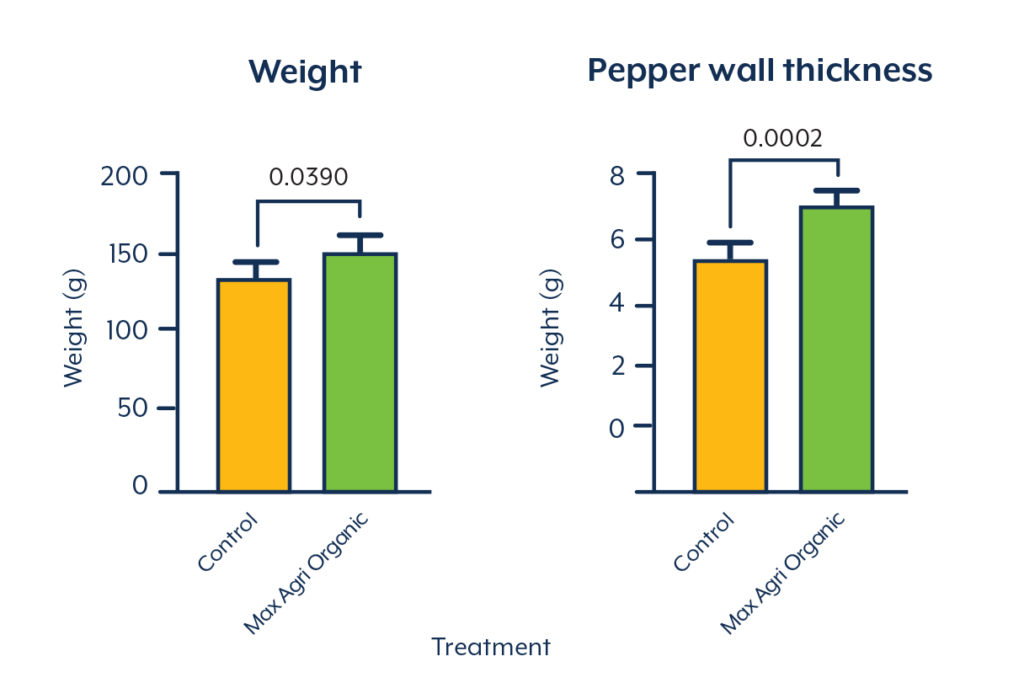
Trial Results
This trial clearly showed that the use of Maxstim products enabled a higher yield outcome, superior quality and an improved shelf life from the treated pepper plants.
Maxstim is beginning to collect more data in relation to the firmness of crops post-harvest and are developing trials specifically to assess how Maxstim products interact with the maturation process. This will prove enlightening as to how our products can be better utilised in the field to improve food production outcomes and reduce food waste.
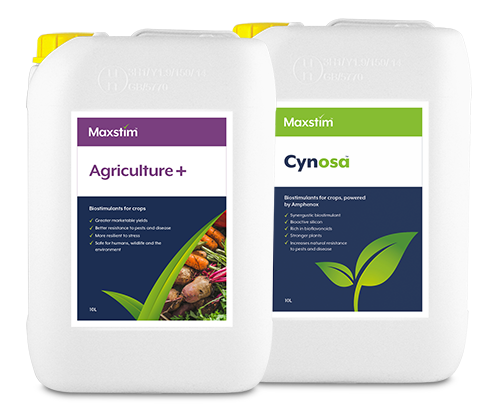
Call a member of the Maxstim team to find out more about our products and trials:
Tim Cannon
Email: tim.cannon@maxstim.com
Mobile: 07884 586191
Tony Kelly
Email: tony.kelly@maxstim.com
Mobile: 07974 435417
